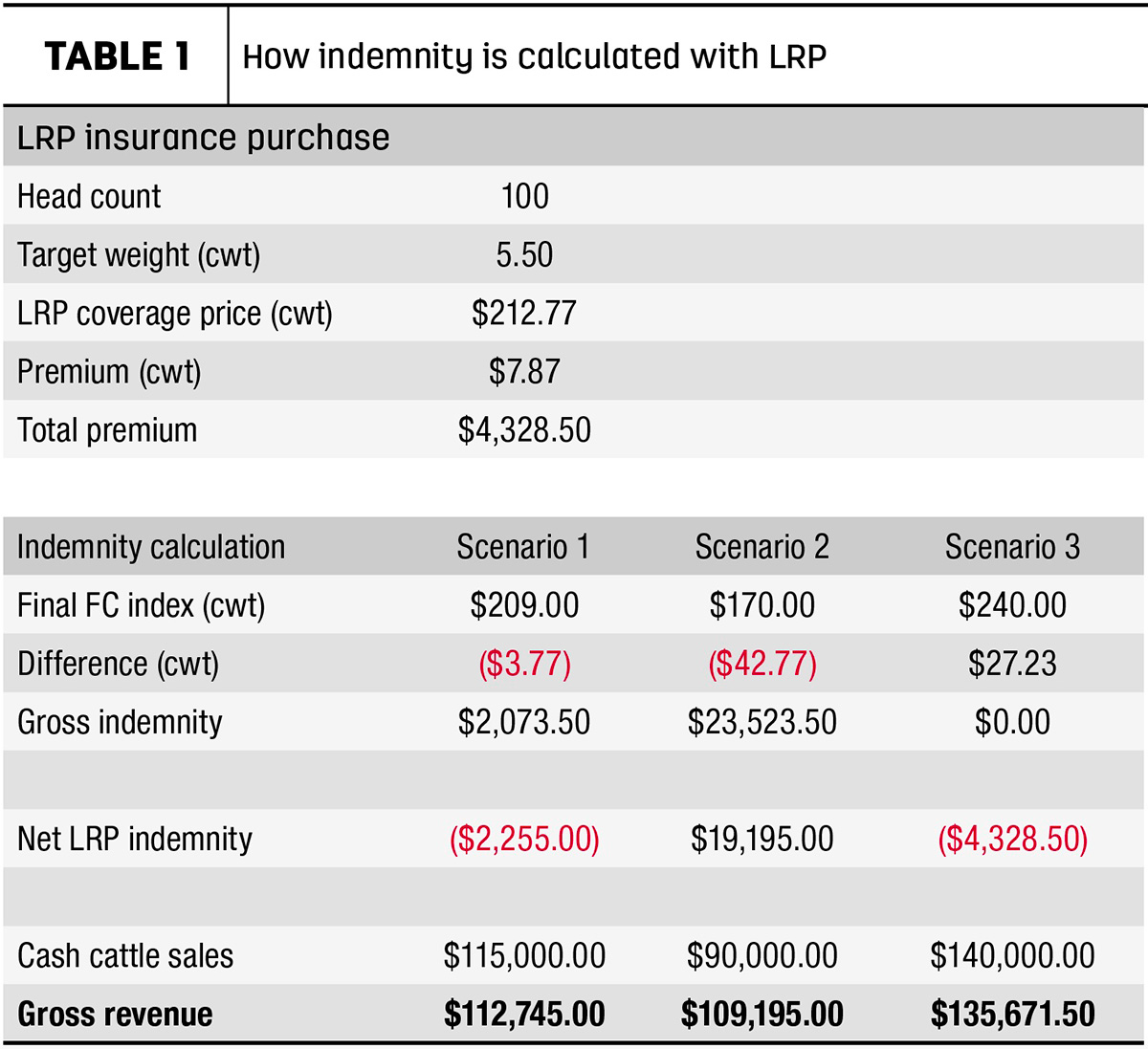Boost Your Experience with Bagley Risk Management
Boost Your Experience with Bagley Risk Management
Blog Article
Recognizing Livestock Threat Protection (LRP) Insurance: A Comprehensive Guide
Navigating the world of livestock threat security (LRP) insurance policy can be a complicated venture for several in the agricultural market. From how LRP insurance coverage functions to the various insurance coverage choices offered, there is much to discover in this extensive overview that can possibly shape the way animals producers come close to danger administration in their services.

Exactly How LRP Insurance Works
Occasionally, understanding the auto mechanics of Animals Danger Protection (LRP) insurance coverage can be complicated, but damaging down just how it works can supply quality for herdsmans and farmers. LRP insurance is a risk administration device designed to safeguard animals manufacturers against unanticipated price declines. It's important to note that LRP insurance is not an earnings warranty; instead, it focuses exclusively on price danger defense.
Qualification and Insurance Coverage Options

When it pertains to insurance coverage alternatives, LRP insurance coverage uses manufacturers the adaptability to choose the coverage level, coverage period, and recommendations that finest suit their danger monitoring requirements. Insurance coverage levels usually range from 70% to 100% of the expected ending worth of the insured animals. Manufacturers can additionally pick coverage periods that line up with their manufacturing cycle, whether they are insuring feeder cattle, fed livestock, swine, or lamb. Recommendations such as price threat protection can further personalize coverage to secure versus adverse market fluctuations. By recognizing the eligibility criteria and coverage options readily available, livestock manufacturers can make enlightened decisions to take care of threat efficiently.
Advantages And Disadvantages of LRP Insurance
When evaluating Livestock Risk Defense (LRP) insurance coverage, it is crucial for animals producers to evaluate the drawbacks and benefits intrinsic in this threat monitoring tool.

One of the primary advantages of LRP insurance coverage is its capability to give protection against a decrease in livestock rates. This can help secure producers from monetary losses resulting from market fluctuations. Furthermore, LRP insurance uses a level of flexibility, allowing manufacturers to personalize insurance coverage levels and plan periods to fit their particular demands. By securing a guaranteed cost for their livestock, producers can better manage danger and prepare for the future.
Nonetheless, there are likewise some drawbacks to consider. One constraint of LRP insurance policy is that it does not safeguard versus all types of threats, such as illness episodes or all-natural disasters. Costs can often be costly, specifically for producers with large animals herds. It is critical for producers to meticulously examine their specific risk direct exposure and monetary situation to identify if LRP insurance is the ideal risk management tool for their procedure.
Recognizing LRP Insurance Coverage Premiums

Tips for Maximizing LRP Perks
Making the most of the advantages of Animals Risk Protection (LRP) insurance coverage calls for critical planning and our website proactive risk management - Bagley Risk Management. To make the most of your LRP insurance coverage, take into consideration the adhering to pointers:
Consistently Analyze Market Problems: Keep informed about market trends and price changes in the animals industry. By monitoring these elements, you can make educated decisions concerning when to purchase LRP insurance coverage to safeguard against potential losses.
Set Realistic Protection Degrees: When selecting insurance coverage levels, consider your manufacturing prices, market worth of animals, and possible threats - Bagley Risk Management. Establishing realistic protection levels guarantees that you are properly safeguarded without paying too much for unnecessary insurance
Diversify Your Protection: As opposed to relying exclusively on LRP insurance policy, think about expanding your danger administration methods. Incorporating LRP with other danger administration devices such as futures agreements or alternatives can supply thorough insurance coverage versus market uncertainties.
Testimonial and Adjust Coverage Routinely: As market conditions alter, periodically examine your LRP coverage to guarantee it lines up with your existing danger exposure. Adjusting insurance coverage degrees and timing of acquisitions can aid enhance your threat defense approach. By adhering to these tips, you can take full advantage of the advantages of LRP insurance coverage and safeguard your livestock procedure against unexpected threats.
Final Thought
To conclude, animals web risk security (LRP) insurance policy is an important device for farmers to handle the economic dangers connected with their animals procedures. By recognizing how LRP functions, qualification and protection options, in addition to the benefits and drawbacks of this insurance policy, farmers can make informed decisions to secure their livelihoods. By carefully thinking about LRP costs and carrying out approaches to optimize advantages, farmers can alleviate prospective losses and ensure the sustainability of their procedures.
Animals producers interested in obtaining Livestock Threat Protection (LRP) insurance coverage can explore a variety of eligibility standards and protection options customized to their details animals operations.When it comes to coverage alternatives, LRP insurance policy provides manufacturers the flexibility to select the protection degree, insurance coverage period, and recommendations that ideal match their danger monitoring demands.To comprehend the intricacies of Animals Threat Protection (LRP) insurance policy completely, comprehending the variables influencing LRP insurance premiums is crucial. LRP insurance costs are established by various elements, including the coverage degree selected, the anticipated rate of animals at the end of the insurance imp source coverage duration, the type of livestock being guaranteed, and the length of the protection duration.Testimonial and Change Coverage Consistently: As market problems transform, regularly review your LRP protection to guarantee it lines up with your current threat exposure.
Report this page